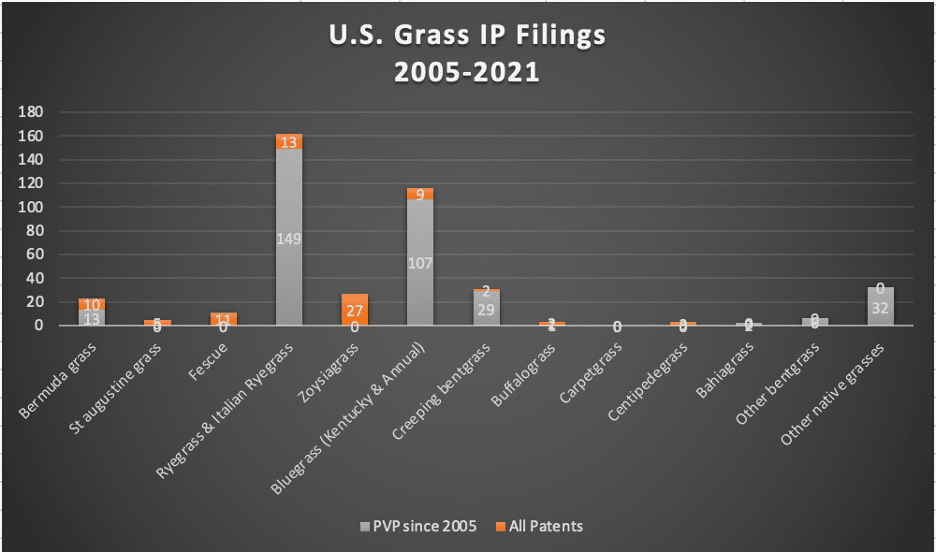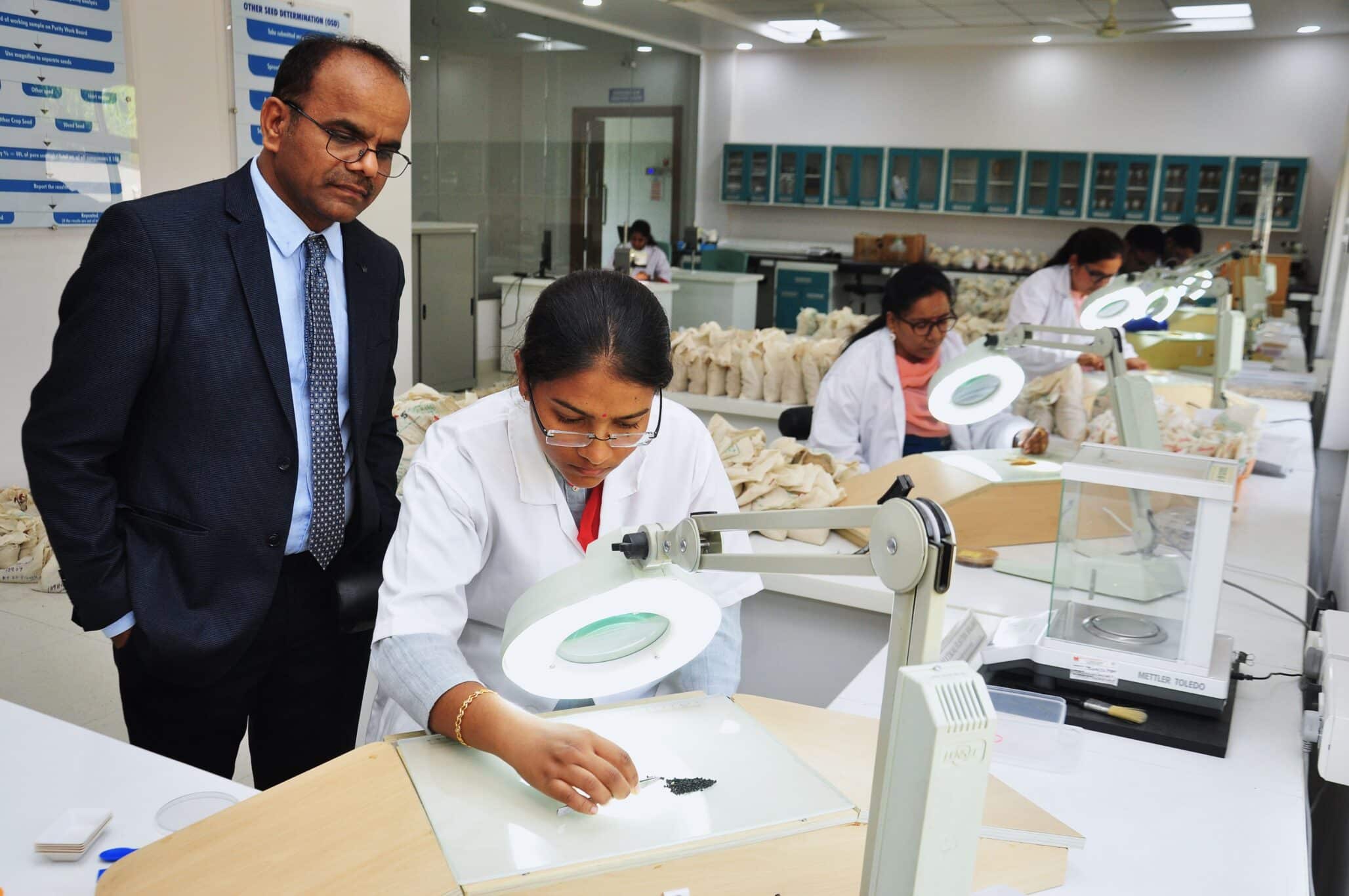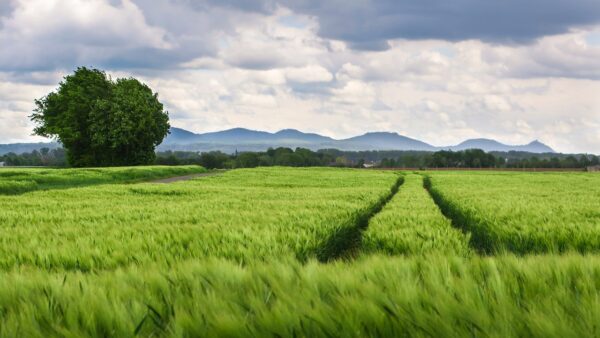Intellectual Property and grasses. You heard that right. It’s not weeds, insects, fertilizer or water management but intellectual property (IP) management for grasses used in forages. The grass sector is an important but overlooked seed market in the U.S. due to its fragmented nature and limited formal IP protection. It’s sort of a Wild West when it comes to IP rights for plant breeders.
Grasses are still like many other crops in that plant breeders work behind the scenes to develop the best genetics to fit consumer needs from turfgrasses, pastureland, cover crops or even your own lawn.
My recent participation in the National Association of Plant Breeders (NAPB) Annual Conference revealed young plant breeders passionately utilizing many breeding techniques, including genomic editing in many different crops (including grasses) in the U.S. and around the world. Much of this early work is funded by governmental or industry grants. However, when it comes to commercialization of these seed innovations an economic driver needs to be in place.
Some companies have opted to utilize Plant Variety Protection (PVP) certificates and some U.S. patents. According to Jeffery Haynes, USDA PVPO Commissioner, there have been approximately 1200 PVP certificates granted for grasses since the 1970s.

Some seed companies have supplemented this with “seed certification” as administered by each states’ Crop Improvement Association. Seed certification follows a rigorous certification process that ensures top quality seed or turf that is free from weeds, disease and pests. A blue tag certificate is the “indicator” that ensures a high-quality product for the consumer.
Another mechanism that ensures consumers receive a quality product is the Federal Seed Act as administered by each state’s Seed Control Official or similar state agency. Key components include proper labeling of the variety (varieties if a blend), percent weed seed, percent germination, percent noxious weed seed, seed company and origination among other key items that should be listed on a seed label. Grass seed labels MUST contain these elements on the bag to ensure transparency of the product consumers are purchasing. The Association of American Seed Control Officials (AASCO) coordinates key labeling elements across all U.S. states via a RUSSL (Recommended Uniform State Seed Law) document. Any seed crossing state lines is governed by this document.
Seed labeling transparency is key to consumers receiving a high-quality seed product especially grasses which are transacted via many channels including electronic marketplaces. Evidence of the extent some seed companies may take to disregard IP and regulatory statutes include recent Kentucky 31 grass seed mislabeling issues in Oregon. Significant fines and even jail time were the consequences. Another example is the mysterious seed packets mailed to U.S. consumers from China with little to no information which caused a coordinated effort lead by the American Seed Trade Association to investigate … many feared potential noxious weeds or disease issues.
Grasses whether for turfgrass, cover crops or pastureland require investment in order to provide end-users with improved genetics, pest/disease tolerance, nutritional value or just pleasing aesthetics. Plant breeders are doing their part but there must be an economic incentive for the development of new seed innovations! Intellectual property rights motivate seed innovation! Don’t step over the line.
You Might Also Like:
U.S. Seed Sector, Intellectual Property and Policy: The Three Amigos!
Seed Mislabeling Settlement Reaches $300,000 and Includes Probation Requirements










